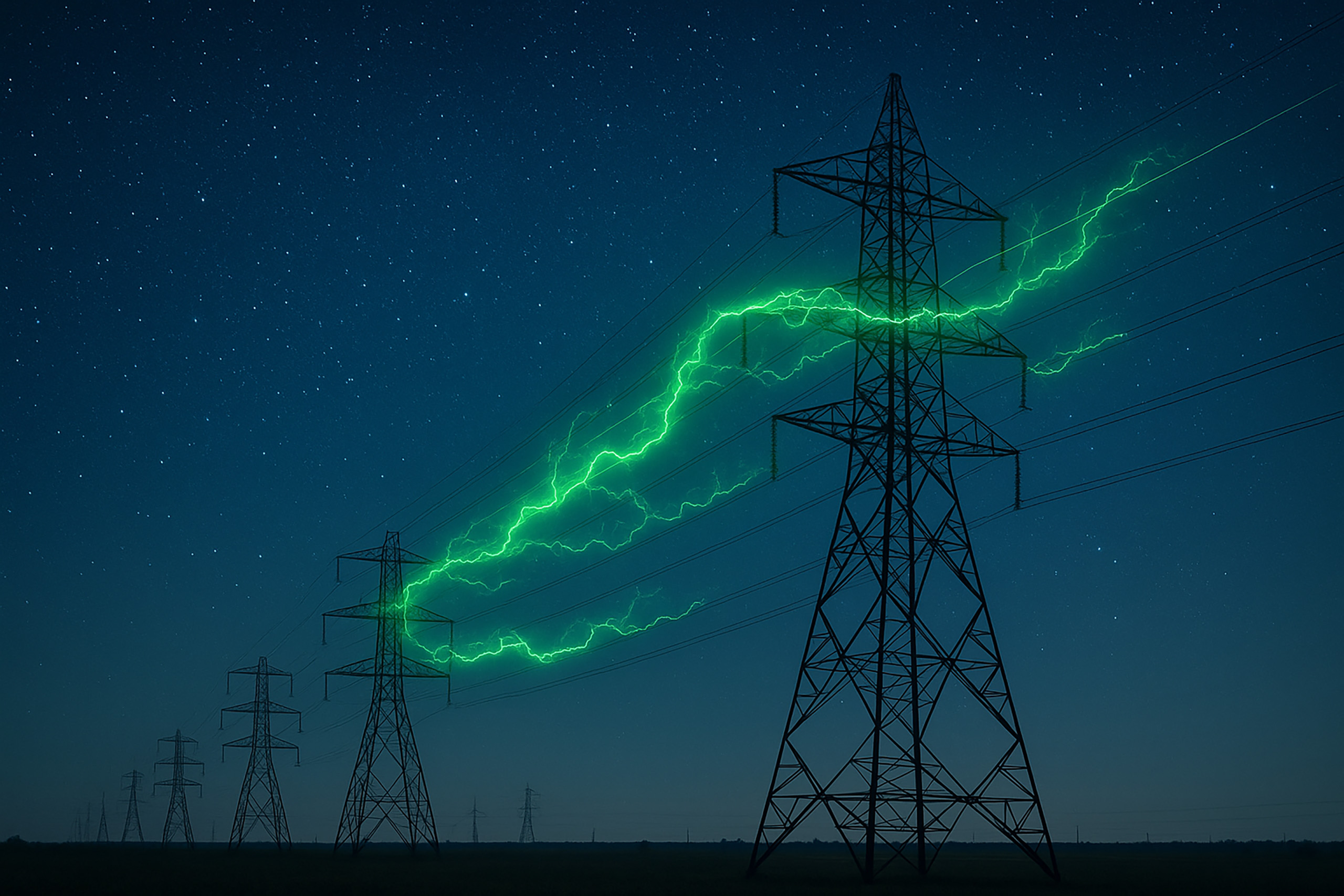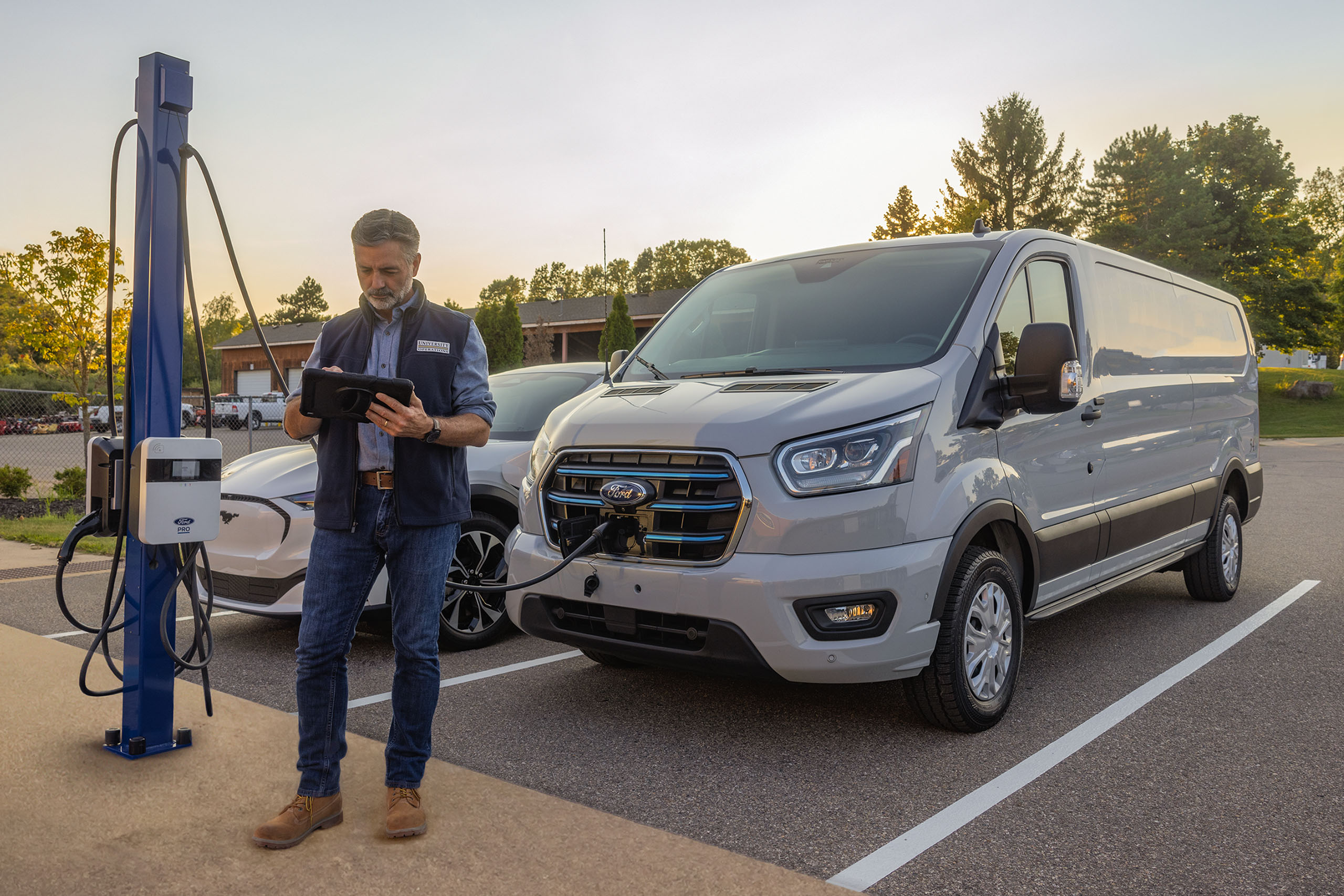

There’s a lot of talk these days about smart buildings and intelligent businesses – and with good reason.
Globally, the number of buildings using smart technology in their operations could reach 115 million by 2026, an increase of 156%.
A smart building uses technology to operate more efficiently. The use of IoT sensors to monitor electrical systems helps drive down building management system costs. Smart building technology examples include self-adjusting thermostats, automatic locks or lighting, and remotely operated security cameras.

No doubt, smart commercial buildings are an important part of your business’s plan to lower costs and improve sustainability. Beyond the energy savings, your business needs visibility across your entire operation to manage risk, minimize losses, and avoid damage to your brand.
The use of data to manage risk, lower costs, and drive revenue is a crucial part of any intelligent business.
How do you uncover unknown risks in the use of smart technology?
Understanding Smart Tech Drivers and Business Risk
It’s one thing to appreciate the industry drivers behind smart buildings. It’s another to fully understand how the proper use of smart technology minimizes risk.
In other words: How do you know what you don’t know?
Government Mandates for EV Fleet Integration
Businesses that operate fleets—such as delivery vehicles or hotel shuttle buses—would be wise to pay attention to what’s happening in California. The Advanced Clean Fleets (ACF) regulation mandates the adoption of zero-emission vehicles (ZEVs) in medium- and heavy-duty fleet vehicles. Businesses must comply as early as 2024 or face major fines and other corrective actions.
Regulations such as ACF pose downstream risks for companies. Businesses with electric fleets must have a way to charge them. In turn, the installation of EV chargers for fleets carries risks for businesses that don’t properly integrate management of demanding energy requirements into their operations.

Data Collection and Compliance
The National Electric Vehicle Infrastructure (NEVI) Formula Program lays out specific standards and requirements for EV charging infrastructure projects that use its federal funds. These include:
- Interoperability: EV chargers must communicate seamlessly with each other, with electric vehicles, and with third-party charging networks.
- Data management: The Joint Office of Energy and Transportation will be collecting large amounts of data regularly. This includes information about charging station use, reliability, and cost.
- Network connectivity: These rules address standards for secure remote monitoring, diagnostics, control, and updates.
- Location: Third-party mapping apps get access to information about EV charging infrastructure locations, pricing, real-time availability, and accessibility.
Data Visibility and Business Risk in Decision-Making
The NEVI mandates apply to EV infrastructure projects within one mile of established alternative fuel corridors, but it highlights factors that mitigate risk for all businesses interested in the establishment of EV charging.
For example, hotels that wish to offer EV charging to overnight guests need visibility into electricity use to make decisions about room rates. In the workplace, data from IoT sensors in smart buildings may impact occupancy decisions, such as which floors can minimize heat or lighting at certain hours.
How does smart technology lower costs while managing risk?
Lowering Costs Through Smart Hardware and Data-Driven Business Decisions
A major component of business risk revolves around energy management. But it’s not enough to have a continuous parameter monitoring system (CPMS) or other equipment that just measures and records. Collection of data is just the first step. Risk management involves analyzing your data and using it to lower costs and become more efficient.
Lowering Costs through Intelligent Use of Data
Future Energy offers a comprehensive software solution called Interface. Interface is a cloud-based data visualization and energy management software that lets you fully integrate, automate, and control your intelligent systems from a single pane of glass.
Interface sends alerts for property power usage, down to the individual hardware component. It uses manual parameters and artificial intelligence for analysis and management. This analysis helps your business to reduce kilowatt load and energy costs.

Managing Power to Avoid Unexpected Costs
Especially as businesses integrate EV charging technology into operations, Interface provides an automated way to share power across systems to avoid exceeding peak load. Peak energy use sets your electricity rates for the entire year.
A Future Energy electrical load profile of a hypothetical business found that EV charger usage pushed peak demand up by 228%, a power cost increase of $30,000. However, the use of Interface puts a ceiling on peak demand, which would cap such wild increases in energy cost.
That said, the cost of power is only part of the equation. For instance, Interface schedules the charging of your EV fleet, ensuring your vehicles can get where they need to go on time. If your truck runs out of charge and misses a delivery, electricity cost takes a back seat to potential damage to your reputation.
Continuing to Monitor Use After Installation
After the successful integration of Interface, Future Energy continues to operate as your partner in optimizing energy use and lowering costs. Our Client Success Team uses your data to provide energy insights. You use the information to make the best energy and business decisions for your enterprise, driven by the data your smart devices provide through Interface.
How do intelligent systems boost revenue?
Increasing Revenue through the Use of Future Energy Turnkey Solutions
Future Energy offers a complete, turnkey EV charging environment that includes everything that EV drivers need and expect. We handle the data, while you focus on your core business operations. Even the US Department of Transportation recognizes the importance of partnerships in the development and management of EV infrastructure.
Creating Partnerships to Provide EV Infrastructure
Future Energy partners with you to create EV charging opportunities that help bring in customers. For example, a dealership and local grocery store can create a revenue share model for EV charging. Future Energy brings in the ChargeParc™ environment, customized for your particular needs and branding.
Building Loyalty Among Customers
Studies have found that customers are willing to spend more to charge in public, helping to offset building management system cost. In fact, 57% of drivers are willing to pay a premium above at-home charging rates to use a public charger.
Similarly, 58% of renters are willing to pay more to live in a place that offers EV charging, according to a study by Multifamily Executive. Owners of multi-unit dwellings can attract tenants by offering EV charging.
Improving the Brand Experience
Future Energy specializes in helping businesses create an EV charging experience that helps to boost your brand.
Real-time analytics help you understand the behavior of customers and employees. For example, you can use the data you collect from EV chargers to inform future decisions on how to optimize customer dwell time.
EV charging data helps you fine-tune the pricing for public-facing EV chargers to maximize revenue while customers wait for their EVs to charge.
Additionally, customers who see your corporate branding on EV chargers will identify you as being environmentally conscious – an important factor in this age of sustainability.
Driving Operational Efficiency with Future Energy
The use of smart technology is expanding way beyond building management. Future Energy partners with your business to use data to drive operational efficiency and build your brand. Contact Future Energy today to find out how we can help intelligent business to lower costs and drive revenue with EV charging.



